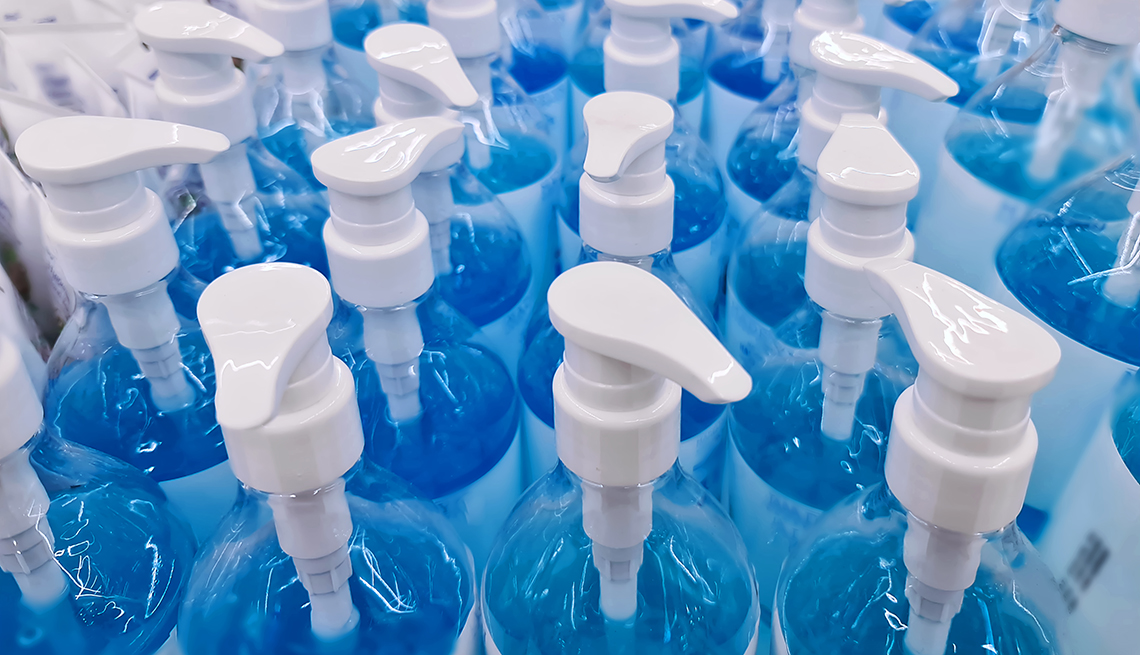
Fda targets mexican-made hand sanitizers with methanol
- Select a language for the TTS:
- UK English Female
- UK English Male
- US English Female
- US English Male
- Australian Female
- Australian Male
- Language selected: (auto detect) - EN
Play all audios:

The FDA continues to urge consumers not to use any hand sanitizer from a manufacturer on the warning list, even if the product or particular lot number is not listed, as some companies are
recalling only certain, not all, of their hand sanitizers. If you have purchased any of the hand sanitizers listed in the warning, the agency recommends that you stop using it immediately
and dispose of it in “appropriate hazardous waste containers.” Do not flush them down the toilet or pour them down the drain, the FDA advises. THE DANGERS OF METHANOL Consumers who have been
exposed to hand sanitizer containing methanol and are experiencing symptoms should seek immediate treatment for potential reversal of toxic effects of methanol poisoning, according to the
FDA. SYMPTOMS OF METHANOL POISONING Early adverse effects may include: * Headache * Blurred vision * Nausea * Vomiting * Abdominal pain * Drowsiness * Decreased level of consciousness *
Ataxia (inability to coordinate muscle movement) Severe adverse effects may include: * Blindness * Seizures * Metabolic acidosis (high acid levels in the blood) * Death _Source: CDC_ The
Centers for Disease Control and Prevention (CDC) says that it can take between one hour and three days for adverse health effects from methanol poisoning to become apparent. It also cautions
that methanol toxicity worsens over time and adverse effects can become more severe if left untreated. "Initial adverse health effects due to methanol poisoning include drowsiness, a
reduced level of consciousness (central nervous system depression), confusion, headache, dizziness and the inability to coordinate muscle movement (ataxia). Other adverse health effects may
include nausea, vomiting (emesis), and heart and respiratory (cardiopulmonary) failure,” according to the CDC. To help prevent the spread of the coronavirus, the FDA reminds people to wash
their hands with soap and water for at least 20 seconds (especially after going to the bathroom, before eating and after coughing, sneezing or blowing your nose). If soap and water are not
available, the CDC suggests using a hand sanitizer that contains at least 60 percent ethanol, to kill most disease-causing germs. Anything less than that may not work as well “for many types
of germs” and may “merely reduce the growth of germs, rather than kill them outright,” the agency explains. Ethanol is also known as ethyl alcohol. To make sure your sanitizer is as
effective as possible, apply enough of it to cover the entire surface of both hands. Rub the product into your hands (paying special attention to the fingertips) until your skin is
completely dry; it should take about 20 seconds.
